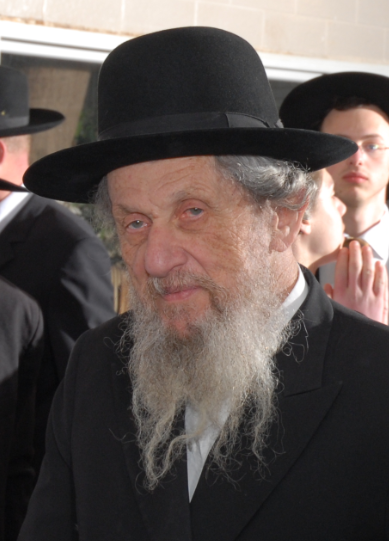JERUSALEM (VINnews) — Rabbi Dov Landau, the head of the Slabodka yeshiva in Bnei Brak, criticized those who travel on public transport late on Fridays and before holidays, since they are causing the secular drivers to desecrate the Shabbos.
In a talk given this week, Rabbi Landau said that it is better even to stay home without Shabbos meals rather than cause a driver to desecrate the Shabbos due to his arriving at his destination just before Shabbos.
.”If people find that they are late for the trip – they should stay at home even though they will miss a Shabbos ‘Sheva Brachos’ or other family event, ” Rabbi Landau stressed. “Indeed, they have challah and wine at home and that is enough, so long as they do not leave late and cause, G-d forbid, a Shabbos desecration for the driver,” he said.
Rabbi Lando related: “One of the bus drivers recently told me that he wants to keep Shabbos and wanted to drop people off at an early stop so that he could get home on time. But the passengers insisted on driving to the end of the route.
“The driver begged in tears that he wants to keep Shabbos and that he would not be able to return home on time, but was sadly ignored. The driver told me in tears that ‘the haredim did not allow me to keep Shabbat.’
“Some people know how to shout ‘Shabbos’ ‘Shabbos’ on the streets for those who desecrate Shabbat, but those who drive late on Friday and cause the desecration of Shabbos for a driver, ‘Shabbos’ needs to be shouted at them.
“Taking in Shabbos early is a big deal, and if people are early in bringing in Shabbos, then all this will be avoided. Just as it is forbidden to desecrate Shabbos, it is forbidden to cause someone else to desecrate Shabbos.
“Do not shout ‘Shabbos’ only when the mayor institutes public transportation on Shabbat, for when people travel late [on Friday] they are themselves instituting public transportation on Shabbos, and they are not being ‘haredim’ (fearful) towards the word of G-d,” Rabbi Lando concluded.

